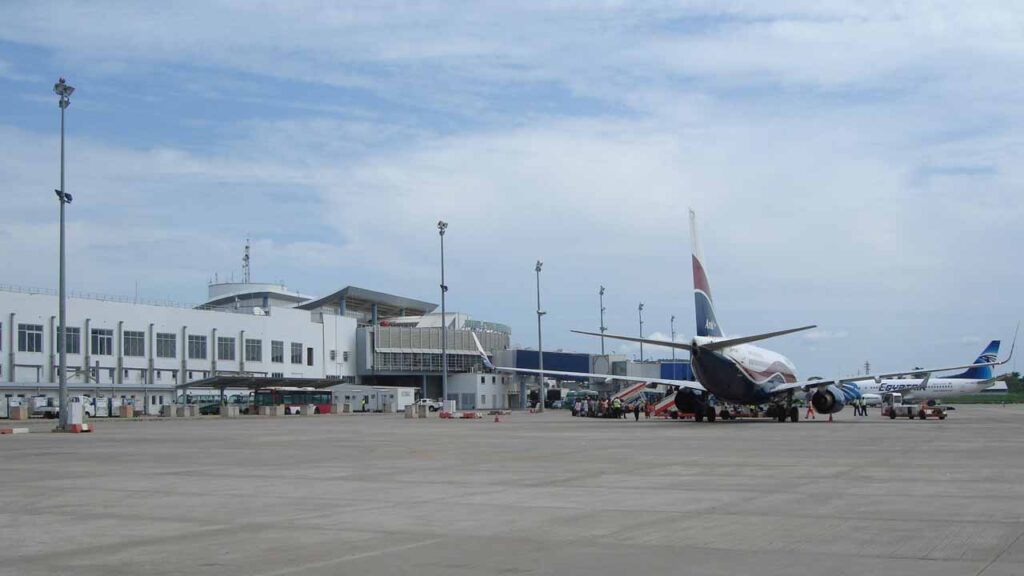
Globally, human error has been accepted as a primary contributor to more than 70 percent of commercial airplane accidents.
While typically associated with flight operations, human error has also recently become a major concern in maintenance practices and air traffic management, according to reports.
The term “human factors” has grown increasingly popular as the commercial aviation industry has realized that human error, rather than mechanical failure, underlies most aviation accidents and incidents.
And if interpreted carefully, human factors are often considered synonymous with crew resource management (CRM) or maintenance resource management (MRM).
However, for Nigeria aviation industry, being safe in air travel is the right direction, and it is the law, too, as the Nigerian Civil Aviation Authority (NCAA), that regulates the airlines, has focused on safety as its mission, while the Nigerian Airspace Management Agency (NAMA) has also assured to provide the safest, most efficient aerospace system in the country.
Human factors, therefore, involved gathering information about human abilities, limitations, and other characteristics and applying it to tools, machines, systems, tasks, jobs, and environments to produce safe, comfortable, and effective human use.
In aviation, human factors are committed to better understanding how humans can most safely and efficiently be integrated with the technology. That understanding is then translated into design, training, policies, or procedures to help humans perform better.
Despite rapid gains in knowledge, humans are ultimately responsible for ensuring the success and safety of the aviation industry. They must continue to be knowledgeable, flexible, dedicated, and efficient while exercising good judgment on their jobs.
Meanwhile, the industry has continued to make major investments in training, equipment, and systems that have long-term implications, as technology has continued to evolve faster than the ability to predict how humans will interact with it.
Aside that, the industry may no longer depend as much on experience and intuition to guide decisions related to human performance.
Instead, a sound scientific basis is necessary for assessing human performance implications in design, training, and procedures, just as developing a new wing requires sound aerodynamic engineering.
Also, Boeing, plane maker has addressed this issue by employing human factors specialists, many of whom are also pilots or mechanics that focused on flight deck design.
This group of about 30 experts now considers a much broader range of elements, such as cognitive psychology, human performance, physiology, visual perception, ergonomics, and human-computer interface design.
Applied collectively, their knowledge contributes to the design of Boeing airplanes and support products that help humans perform to the best of their capability while compensating for their natural limitations.








